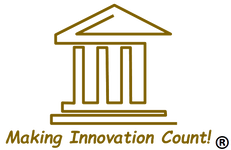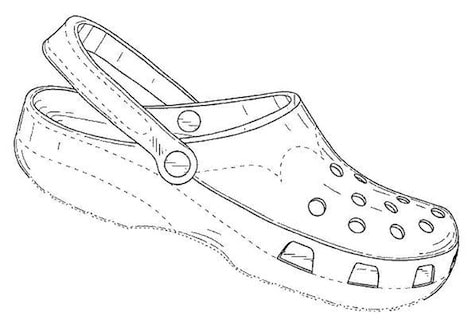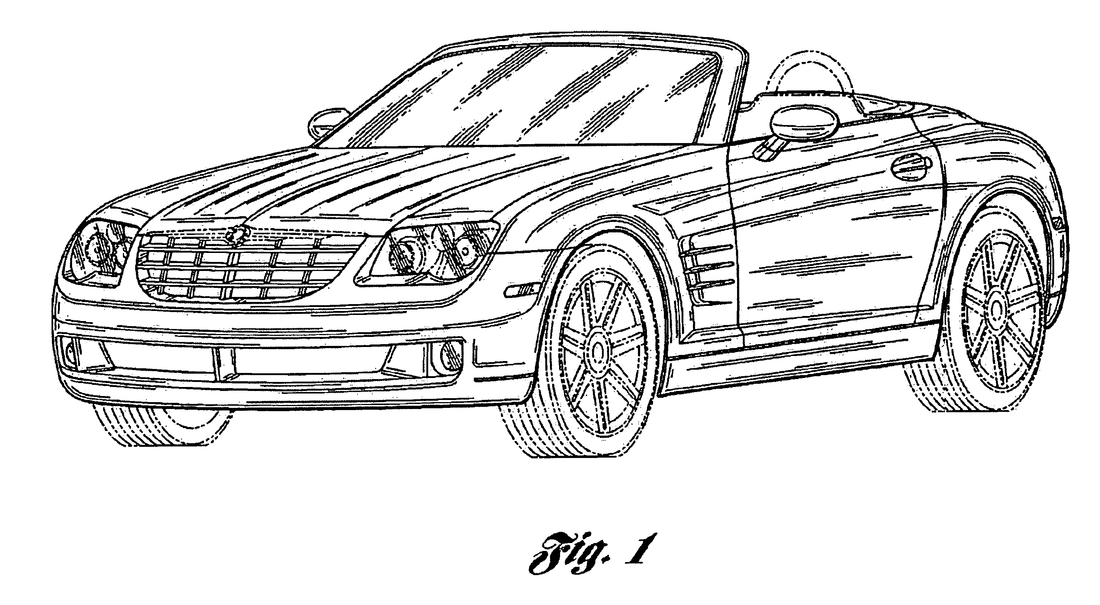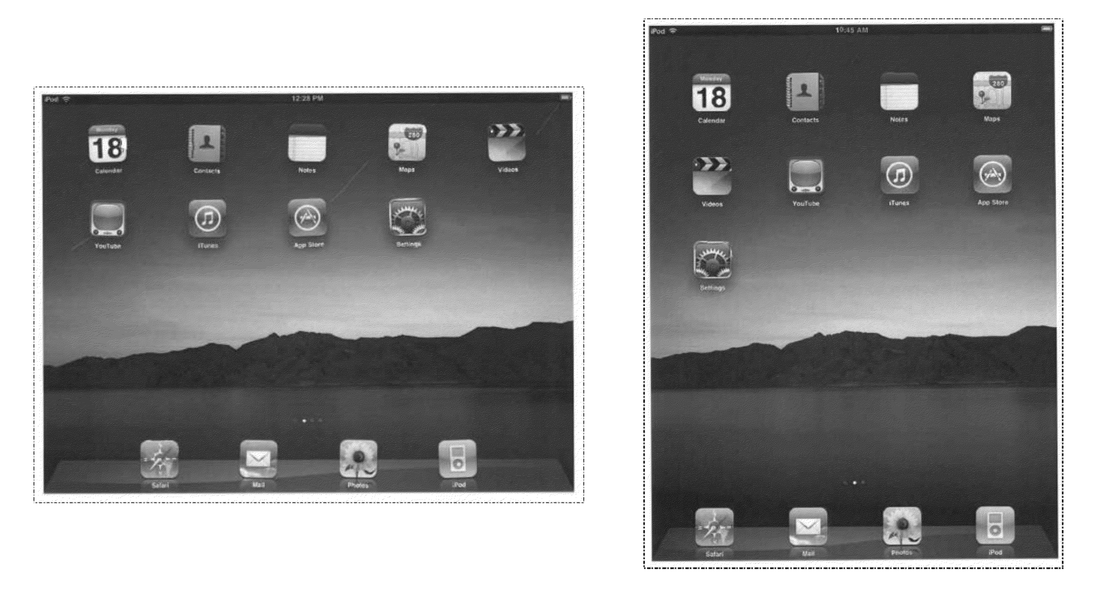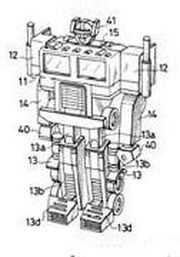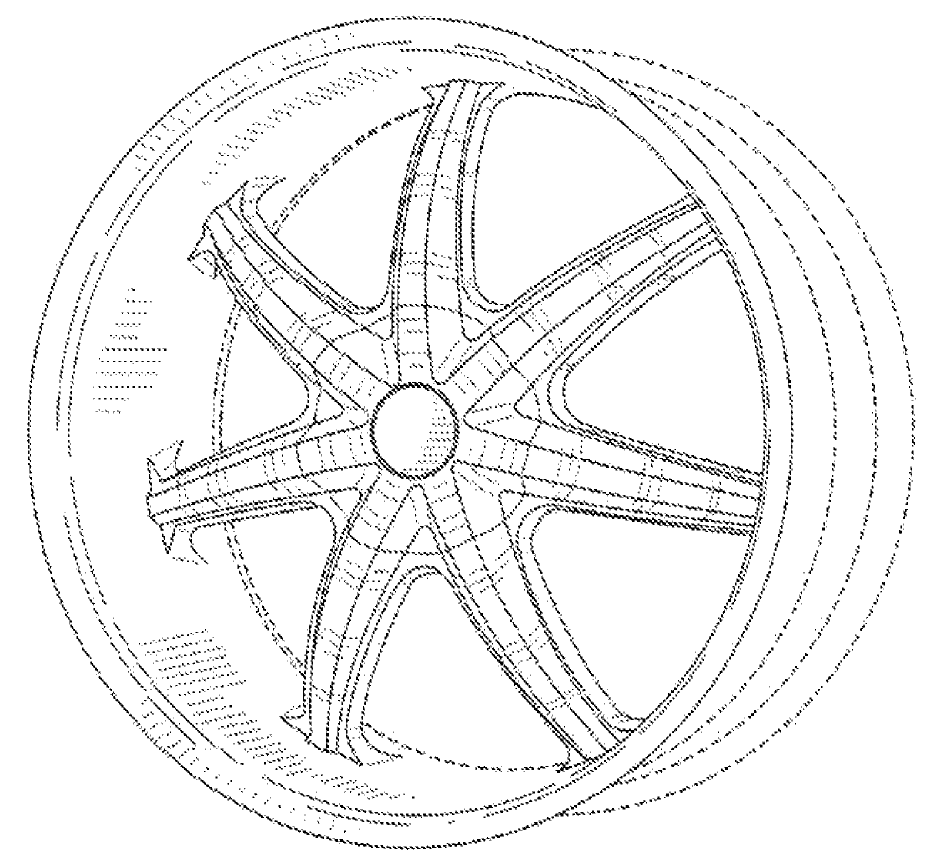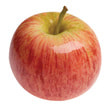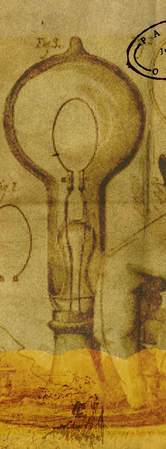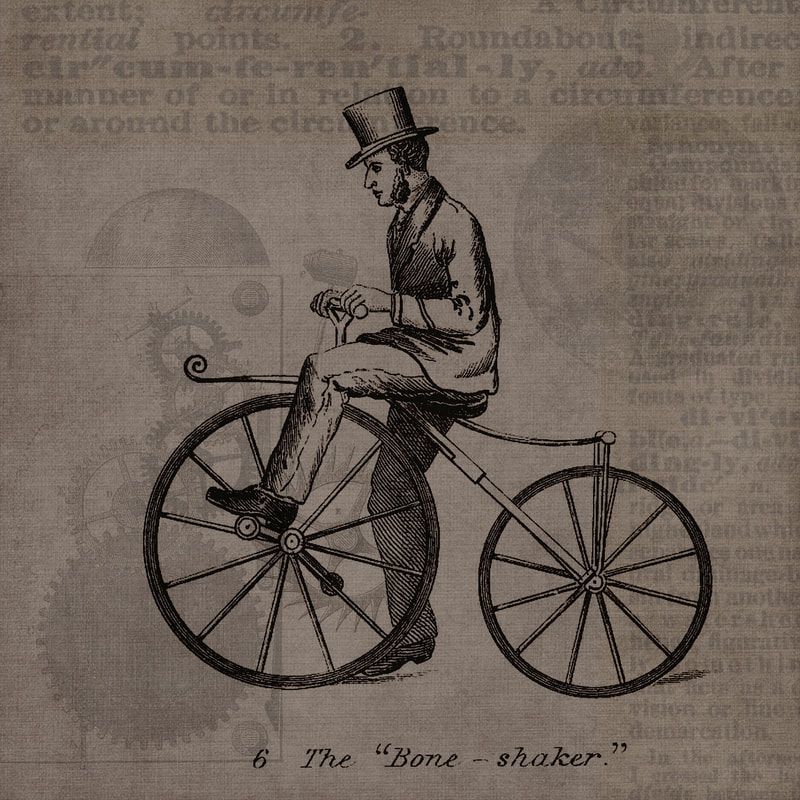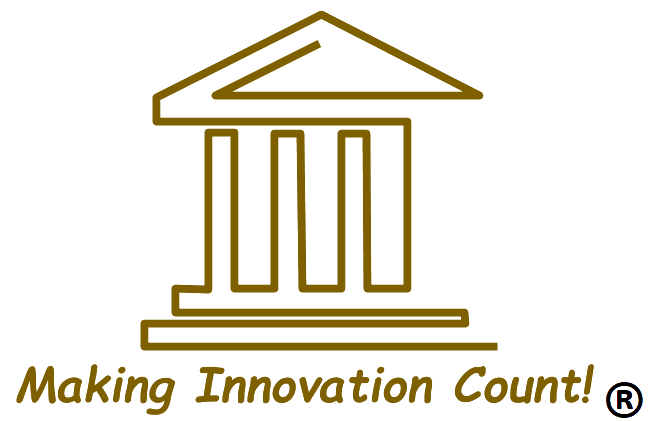|
Not all trademarks are created equal. The more distinct your trademark is the better it is. Trademarks that are more generic may need to be registered in the supplemental register instead of the more powerful principle register or worse yet simply be refused. Courts divide trademarks into five different categories, ranked by degree of inherent distinctiveness. Arbitrary, fanciful and suggestive trademarks are the easiest to protect, descriptive marks offer protection under certain circumstances and generic marks never offer protection. When contemplating a trademark for your business, you should always strive to choose (and register) trademarks that can comfortably fit into one of the three strong trademark categories. Fanciful Trademark: A fanciful trademark is made-up, invented for the sole purpose of functioning as a trademark. This is also called a neologism when it describes a single word. Kodak and Exxon are famous examples of fanciful trademarks. George Eastman, creator of the Kodak trademark, had some simple yet profound advice on what makes a good trademark: he said it should be short, vigorous, easily spelled and meaningless. I highly recommend his advice! There are websites that create made up words that you may use for your business. Search for "business name generator" to find them and have some fun.
digital world (insert your own lame “byte” joke here). In the case of less edible and more digital Apple, this choice of trademark (rumored to have been an impulsive decision based on a temper tantrum by the legendarily cantankerous Steve Jobs) actually has been quite costly. Apple had been established as a trademark by virtue of being the name of the Beatles’ record company (Apple Corps). As a result, Apple Computer has lost a couple of very costly court battles related to its foray into anything musical. Another example of an arbitrary trademark is the online retail giant Amazon. Many people probably don't know that Amazon is the name of the worlds largest river but even so there is no relationship between the two making Amazon a great trademark for the online retailer.
budget. Thus, owners of trademarks that walk the line between descriptive and suggestive obviously want to convince the trademark office that their trademark is actually suggestive. Another option is for owners to register on the supplemental register and wait five years to upgrade to the principle register.
Generic Trademark: A generic trademark can not be protected as a trademark because it describes a category of product or service. This is a matter of public policy; the federal government has determined that free use of such categorical trademarks benefits consumers. An example would be registering for a trademark "HAIR SALON" for your hair salon business. The trademark office will reject your application because many hair salons will want to use same words in their trademark.
5 Comments
 Many people are confused about design patents as compared to utility patents or do not even know that design patents exists. Adding to the confusion is that both design and utility patents may be used to protect the same invention. So when should you use a design patent and when should you use a utility patent? You may answer that question by asking yourself the question "Is what I am trying to protect function or decorative?" For example, say that you have come up with a new pattern of tread that you want to use on a snow tire that is to be sold. Lets say that your new tread pattern provides your tire certain advantages on snow over current snow tires. Since your new snow tire is more "functional" than current snow tires then you will want to obtain a utility patent on your new tread pattern. Conversely lets say that your new tread pattern gives your snow tire the "appearance" that it performs well on snow but in reality it doesn't; It just looks really cool, rugged, and mean. Since your new pattern is decorative then you will seek a design patent on it. Beware, using this example say that you know that your new tread pattern provides better performance on snow over other snow tires but to cut costs you seek a design patent on your new pattern. If your competitor can provide that your new pattern is functional then your design patent will be revoked and you will not have the opportunity to go back and get a utility patent on the tread pattern; in effect you will lose all rights to any sort of patent. Below are design patents for the Crocs shoe, Chrysler Crossfire, Apple iPad screen layout, and a tire tread pattern. Design patents are a cost-effective mechanism to add value to a company and combat the counterfeiting of products when protecting ornamental features. For more details contact me. Interested in a patent? Contact me between 11/12 to 11/16 to schedule a free consult on patents.11/11/2017 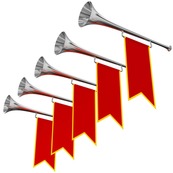 Do you have a new idea but don't know how to best protect it? Do you know the importance of the dates when you first show your invention to the public or file a provisional patent? Do you know what requirements are to be satisfied before the patent office will grant your patent application? There are many issues to consider before and during the application process and unless you are aware of them you could lose your rights to a patent. This week I am offering free 30 minute consults on patents. The consults may be over the phone or using internet based video conferencing. During the consult I will review with you the patenting process using a flowchart that depicts the process. If you are interested here is what you need to do:
I look forward to meeting each of you! 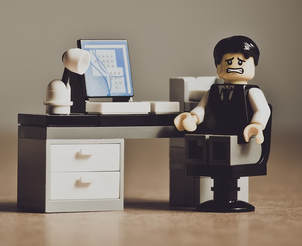 We all know what defamation is. Often it is in the news when one celebrity claims that another celebrity said something false about them. One of the better known cases is between Bill Cosby and a number of women over allegations of rape. Defamation has lots to do with hurting someone's reputation and although we are most acquainted with cases between two people it can also happen between two businesses. If a first business damages the reputation of a second business then the second business may have a cause of action against the first business. The cause of action is not called Defamation but "Trade Libel". Trade Libel has a few cousins that in some ways overlap. They are:
If you would like to have me post a blog on one of the above let me know but for now lets discuss Trade Libel. Trade Libel occurs through the publication of a false statement that intentionally disparages the quality of property and induces another not to deal with the plaintiff, which causes the plaintiff actual pecuniary damage. Key cases in California courts include Polygram Records, Inc. v. Superior Court, Nichols v. Great American Insurance Companies, and Erlich v. Etner. To give rise to a cause of action for Trade Libel the plaintiff must prove the following elements:
Defendant also has defenses that they may present in court to defeat a claim of Trade Libel by the plaintiff. These defenses include Statute of Limitations, Absolute Privilege, Qualified Statutory Privilege, and Constitutional Privileges. As you can see, the plaintiff has their work cut out for them to prove that the defendant is liable for Trade Libel. In particular the element of proving the harm that was caused by defendant's inducement. However an "ounce of prevention is worth a pound of cure" so be careful with statements that you make. Check your facts and dot your i's and cross your t's when making a disparaging statement about another business or just not make such statements at all. This blog posting is just a brief introduction into Trade Libel. I recommend that you consult an attorney whenever:
A qualified attorney can help you with determining your legal risks and minimizing them. 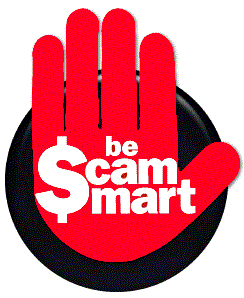 Do you want to save yourself $10,000? That is about how much you will be paying those "invention assistance companies" you see on TV. Be very careful when dealing with them and the promises they make. I have read a number of agreements offered by these companies to inventors and all of them have many terms that are not in favor of the inventor. Yet every year many inventors will hand over thousands of their hard earned money to these "invention assistance companies" and get very little as a result. So what should you be looking for when you approach one of these companies? I would say body armor, but seriously here are some pointers:
Because of the number of inventors being taken by invention assistance companies the US government has written 35 USC 297 to protect inventors. 35 USC 297 is nice but it is best to talk with an attorney first before signing the agreement. 35 USC 297 allows you to ask the invention promoter the following:
Finally an attorney has certain ethical duties owed to their inventors. An invention promotion company owes no such ethical duties. An attorney who breaches their ethical duties to a client may lose their license to practice law in their state and to represent inventors before the patent office. Those licenses are very hard to get and represents years of hard work in school. There are actually three basic types of patents you may file with the patent office. They are as follows:
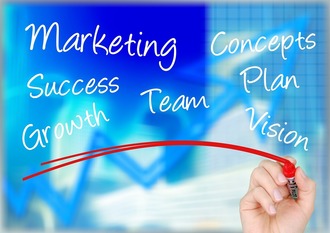 Here in the United States you must use your mark in commerce else it will be considered abandoned and your competitors may seek to have it cancelled. The reason for this is that trademark law serves to protect consumers and marks that appear and then reappear in commerce is confusing to the consumer and also prevents other businesses who may want to make more effective use of the mark from doing so thus harming the interests of consumers. This stands in contrast to other forms of intellectual property law such as patents and copyrights which serves more to protect the creator of the patent or copyright. So you may be asking how long can you not use your mark in commerce before you run the risk of losing it? 15 USC 1127 holds that a mark shall be deemed to be abandoned if its use has been discontinued with intent not to resume such use and that intent not to resume use is inferred after three consecutive years of nonuse. So your risk begins immediately when you stop using the mark in commerce but initially there is little to worry about as it is difficult for someone to prove that you no longer have intent to use the mark in commerce. However, as time of nonuse increases, the risk grows and at the third anniversary of nonuse it is presumed that you no longer have the intent to use the mark in commerce.
If you have not been using your mark in commerce yet you wish to keep your mark I suggest contacting a trademark attorney such as myself to help you argue that your special circumstances are sufficient to defend your mark from being cancelled.  Artificial Intelligence, or AI for short, has been making rapid improvements over the past few years. It seems so long ago when a computer called Deep Blue won its first chess game against a world champion in 1996. However, some would argue that Deep Blue was not artificially intelligent but that it only processed computer code that would rank various moves and then pick the best ranked move. After all, chess has a finite number of pieces that all move in a restrictive manner so in some ways chess is rather predictive and lends itself well to solutions by computer software. Fast forward to the past few years and AI has been able to do some rather amazing things that previously was exclusively in the domains of humans. Here are some examples:
This all sounds exciting and scary at the same time. In the past AI only played a very limited role when creating works of art by assisting the human creator in a particular aspect of the work. Now computers running AI software are starting to replace humans in creating music, writing literary works, and painting works of art. For intellectual property attorneys the question “Who owns the copyright?” is immediately raised. The answer to the question is found by looking at the law. Here in the United States the Copyright Office has declared that it will “register an original work of authorship, provided that the work was created by a human being” as case law held that copyright law only protects “the fruits of intellectual labor” that “are founded in the creative powers of the mind.” (Feist Publications v Rural Telephone Service Company, Inc. 499 U.S. 340 (1991)). See also the first paragraph in Circular 1 - Copyright Basics published by the United States Copyright Office. Here in the United States works of art such as music, literary works, and images that are created by a computer are not copyrightable. The impact of this is that all works created by a computer are in the public domain. Many other countries have similar laws which hold that only humans may obtain a copyright. To the general public this may be desirable as these works of art will be free to copy. However, such an outcome may cause technology companies to invest their billions on other technologies that have the potential to produce a revenue stream and thus hindering the development of AI software here in the United States. Some countries, such as England and other commonwealth nations, have already changed their copyright laws to grant the copyright to “the person by whom the arrangements necessary for the creation of the work are undertaken” in the case of works created by a computer. It is not clear how courts will define “arrangement necessary” but it is a start. In many areas of life the computer has required that we rethink how some of our laws are written. The day is approaching when the United States will have to rethink its copyright law to take into account AI.  There are a number of different types of patent searches that may be perform. Some patent attorneys farm out their searches to paralegals within their firm or worse to a search firm in another country. In these cases a patent attorney only views the results of the search and the patent attorney has no clue as to the "journey" taken by the searcher. The journey taken by the searcher is very informative in and of itself and quite helpful in the prosecution of a patent application as it gives the searcher a view of the patent "landscape" circling about the invention at hand. It is like being on the ground of a thick forest and only seeing the trees about you rather than above the forest and seeing the entire forest. As a result I disagree with with practice of farming out the searches. I perform all of my own searches using special software applications that are professionally designed for searching patents across the many patent databases about the globe. However, that said, examples of patent searches that I may perform include:
There are other kinds of searches that may be performed in addition to those above but the two major types of searches that are typically performed by patent attorneys are (i) infringement and (ii) patentability searches.
the specification. You may almost think of a patent as a triangle with the figures, specification, and claims at each point of the triangle. If you take out any of the points you no longer have a triangle and likewise with patents. Now that I have given you this background information on figures, specification, and claims, you may understand that infringement is determined by comparing the claims of a patent to your invention. How close the claims come to describing your invention will determine your risk for infringing a patent. Determining if the second part is satisfied is more difficult and unfortunately more important because if a patent is no longer enforceable it is in the public domain and free for all to copy. You may think of the patent as having been expired. You cannot infringe upon a patent that has expired but determining when a patent expires is not easy. We know that an utility patent has a life span of 20 years while a design patent has a life span of 14 years. Unfortunately there are other events that may impact the life span of a patent. One event is if the patent office unnecessarily delays when processing your patent. In these cases the patent office will add to the life span of the patent the same number of days where due to their actions your patent's issue date was delayed. However this is rather unusual and typically amounts to less than 100 days being added to the life span of a patent. The one event that significantly impacts the life span of a patent is the nonpayment of maintenance fees that are due 3.5, 7.5, and 11.5 years from the date the patent was issued. Even if payment is not made there is a grace period of six months where the patent remains enforceable if a payment is made along with an extra fee. In spite of the problems in determining if a patent is enforceable infringement searches are easier to perform because:
Patentability Searches: The patentability search looks to answer the question "Can you get a patent on your invention?". This question is very different than the question to be answered by the infringement search so the search is different. For background, there are three requirements to secure acceptance of your patent application at the patent office. These requirements are:
infringement search above where I would read through the claims to determine if your inventive concept infringes, the patentability search requires that I read through the longer and more difficult specification section of the patent to see if your inventive concept has been described. This makes the search more time consuming than the infringement search.
As I find patents that relate to your inventive concept I quickly read through them marking interesting sections and then file them away. Depending upon the various aspects of your inventive concept I may have to perform other searches to find patent activity that cover those aspects and repeat the process of locating patents and then marking interesting sections. Note that here I do not filter out expired patents because expired patents may be used against your inventive concept to raise a novelty (§102) or nonobviousness (§103) refusal. Once I have all of the relevant documents together I may now look at the risk of getting novelty (§102) or nonobviousness (§103) refusals. Performing all of this takes a lot of concentrated study and thus the greater cost. However it is a "must do" search as otherwise all of the money invested in drafting and filing the patent may be at risk. 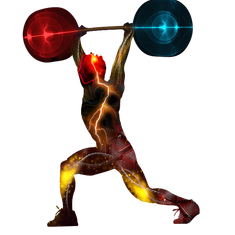 Last week I posted in my blog an article that talked about the different levels of trademark protection one may obtain here in the United States. The levels of trademark protection, from lowest to highest were:
In this article I will be taking a closer look at highest level of protection -- that of a trademark registered in the federal principle register with incontestability status. First I want to make it clear that just because your trademark is incontestable doesn’t mean it cannot be contested. Like so many other areas of the law there are exceptions. So the word “incontestable” is actually somewhat of a misnomer and there are a number of grounds where an incontestable trademark may be attacked. But before we get into that let us look at the benefits provided by incontestability that are above and beyond what is provided by registration on the principle register.
However, incontestability does not shield your trademark from the following kinds of attacks that all trademarks are susceptible to:
Some would argue that incontestability does not provide much of an advantage over a trademark that is registered on the principle register. However I have found that telling a potential infringer that your mark is incontestable provides quite a punch to your cease and desist letter and encouraging the potential infringer to come to terms. To claim incontestability status for your trademark you must prove that:
|
Categories
All
|
California, Inland Empire - (909) 566-2801
California, Santa Barbara - (805) 500-6241
Tennessee - (423) 226-8036
Georgia - (404) 436-0899
California, Santa Barbara - (805) 500-6241
Tennessee - (423) 226-8036
Georgia - (404) 436-0899
